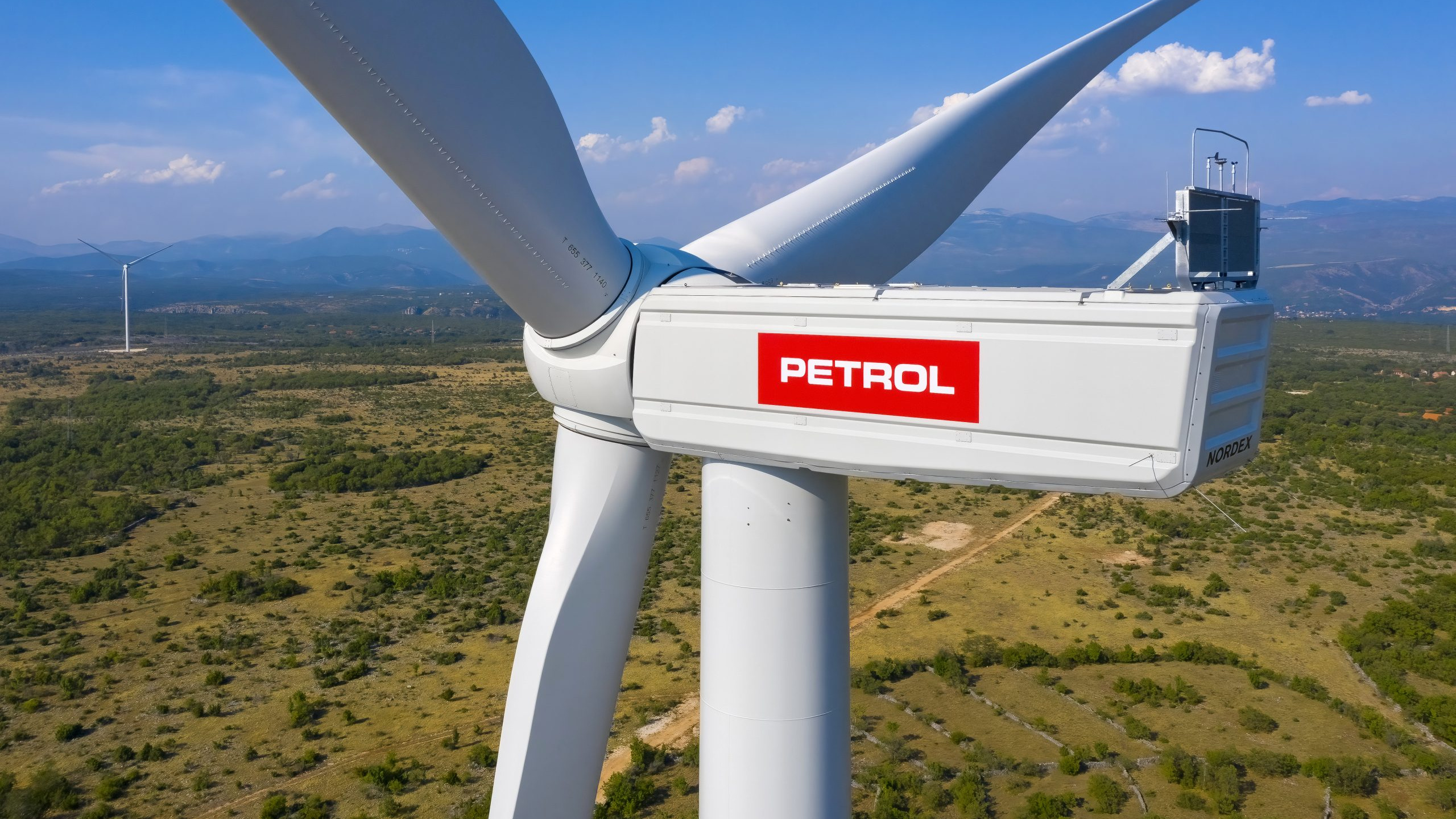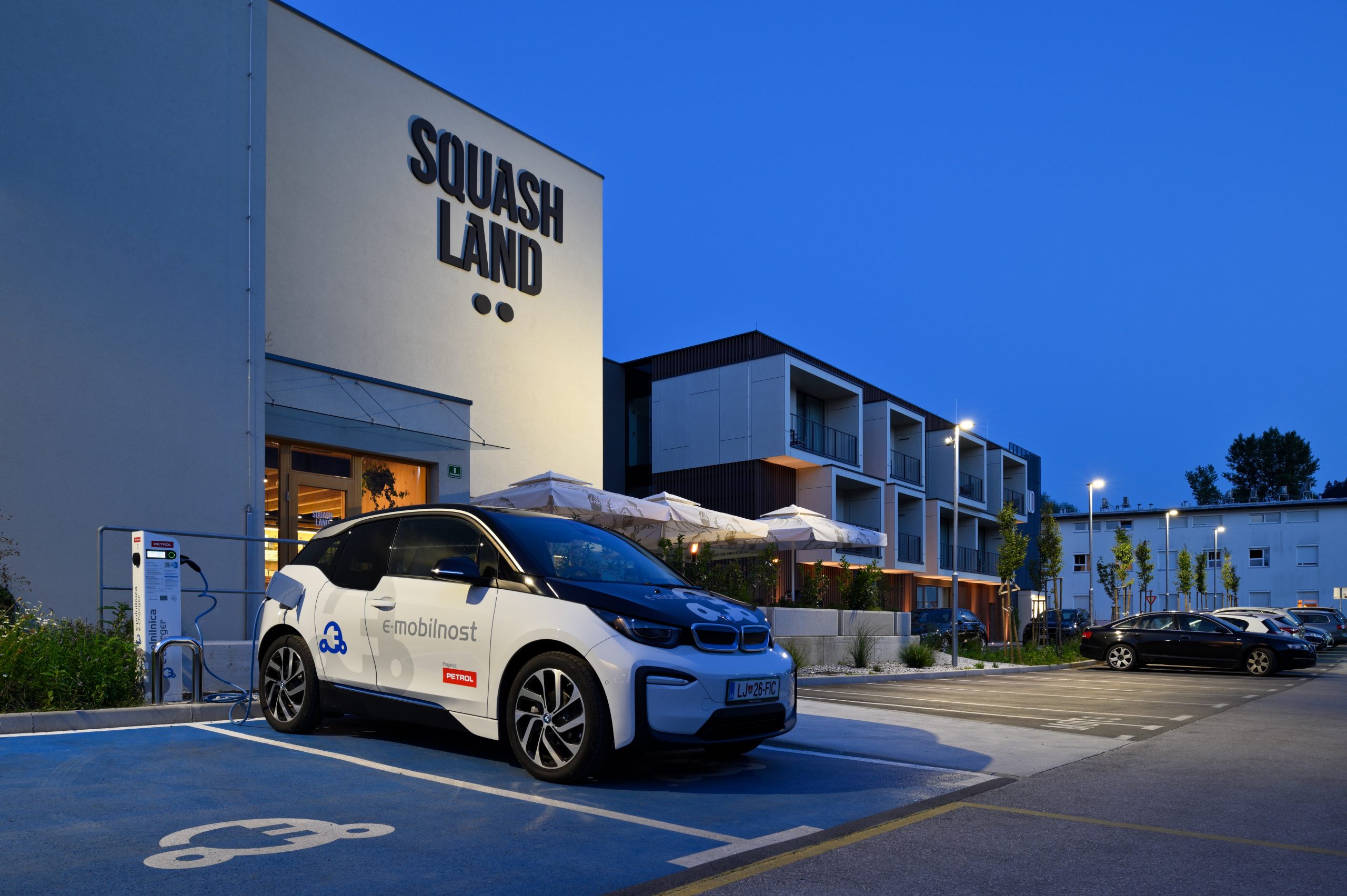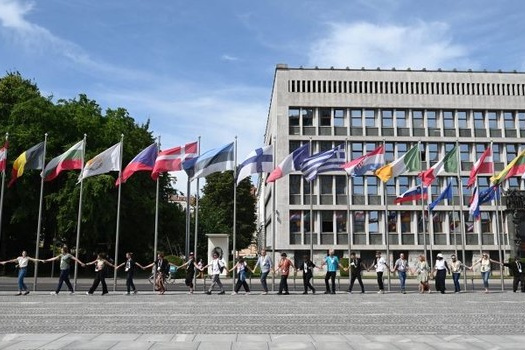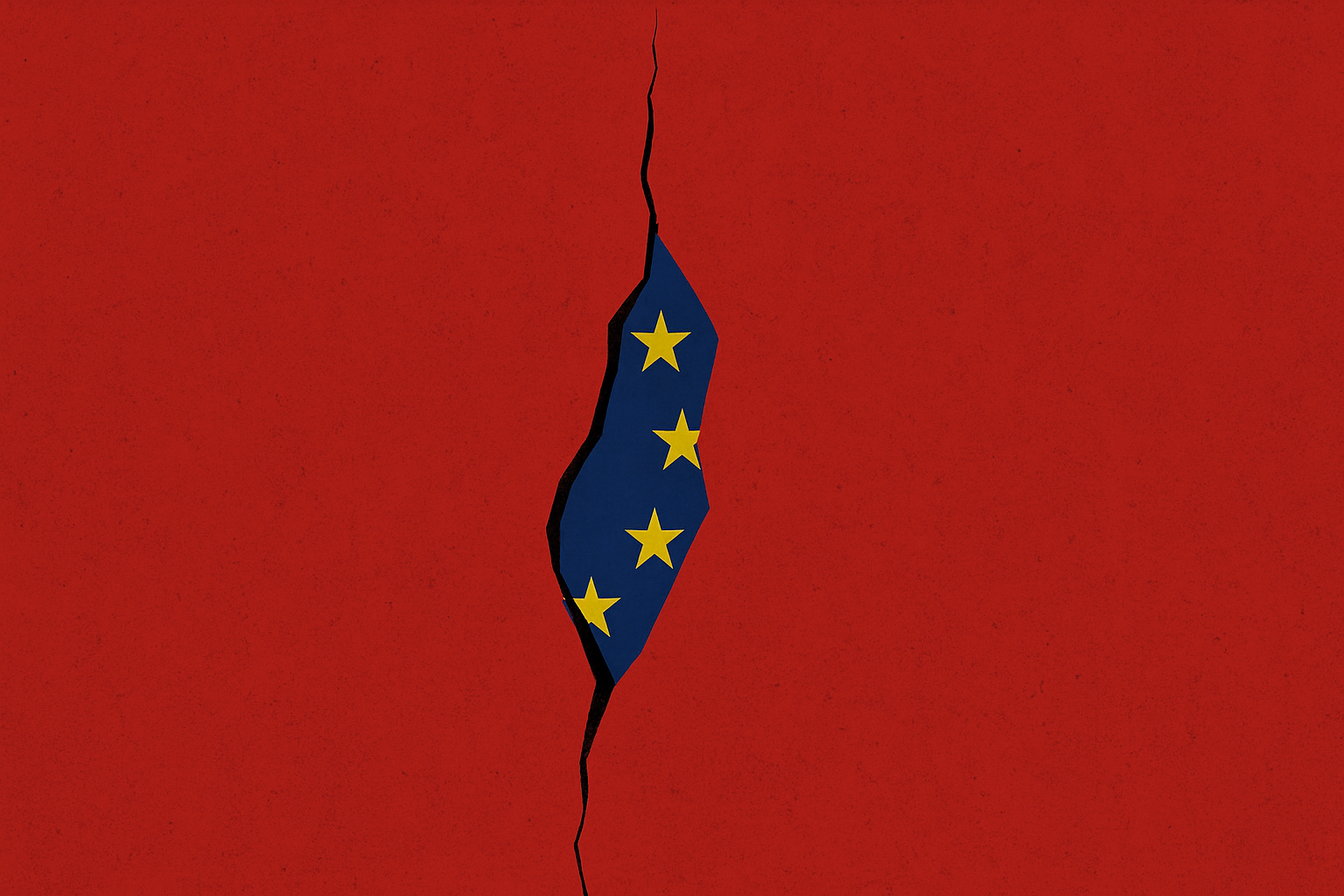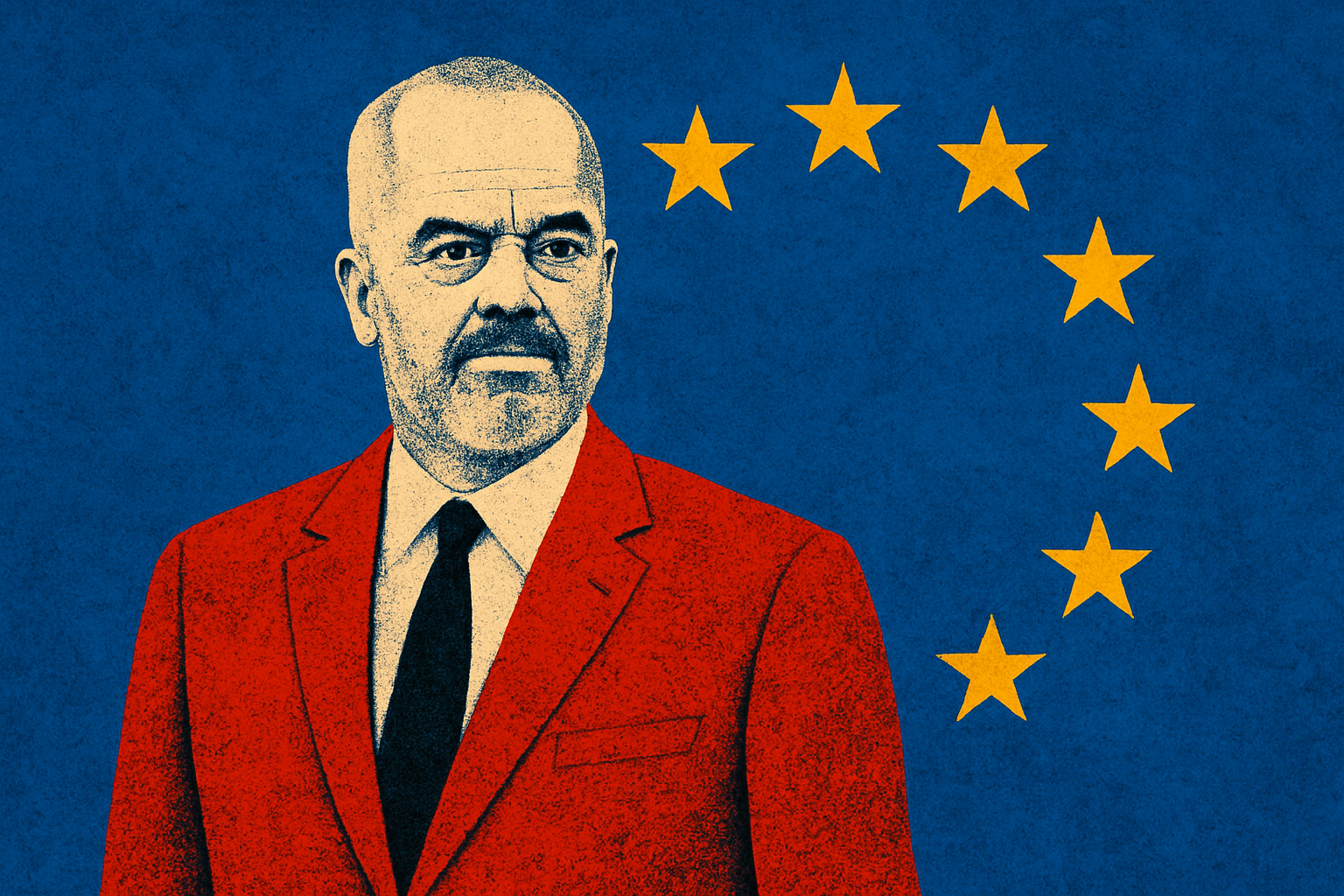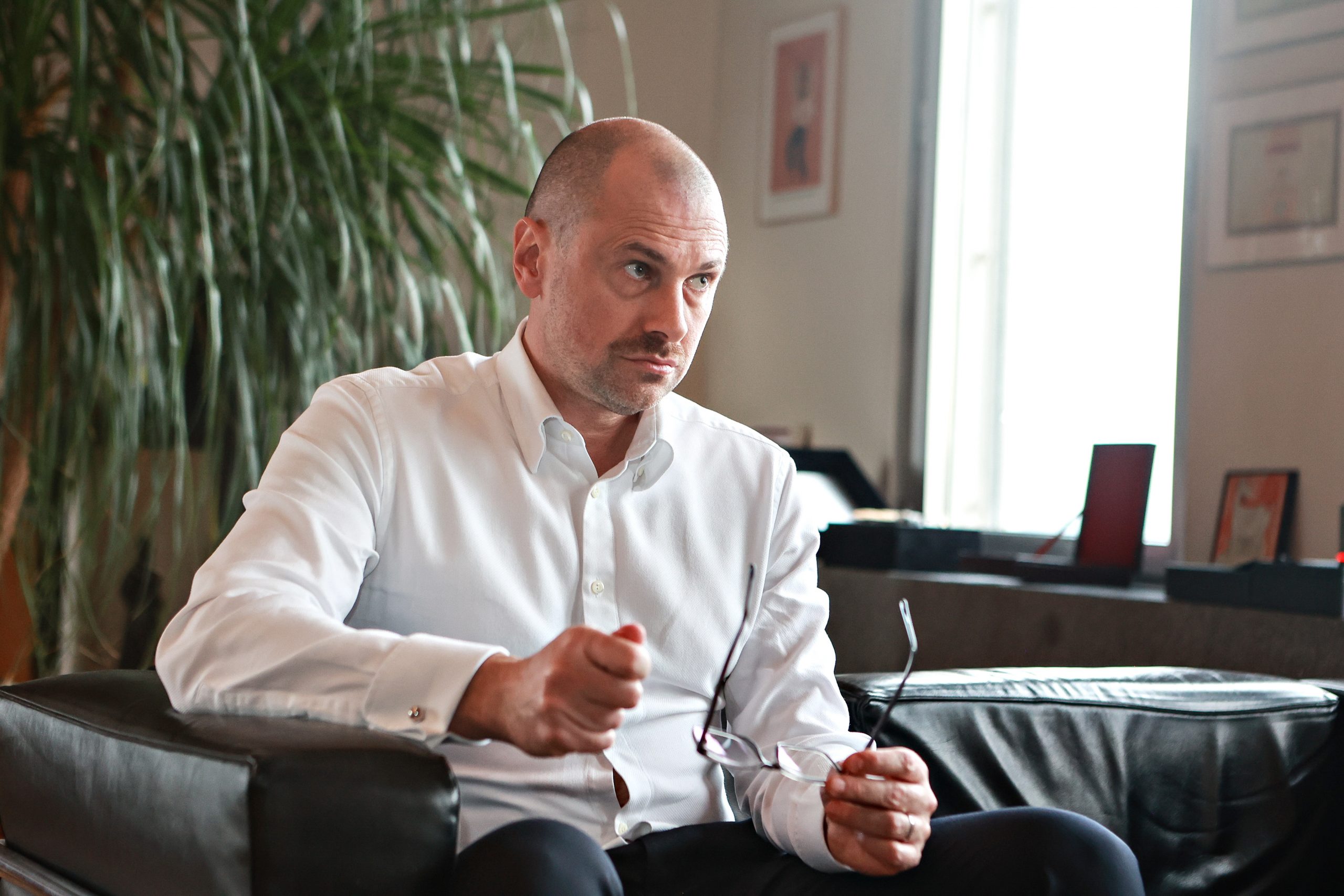Renewable Energy
Greater Energy Self-Sufficiency Through Renewable Electricity
THE ADRIATIC STAFF
THE ADRIATIC STAFF
With a wide range of solutions, energy companies can offer answers to energy uncertainty. Petrol wants to contribute to ambitious European goals, which foresee the strengthening of both renewable energy sources and energy self-sufficiency.
Petrol will allocate as much as 35% of its total investment potential to green transition, or EUR 247 million by 2025. The company mainly invests in projects which improve the energy efficiency of cities, local communities and companies, as well as develops solutions for energy self-sufficiency and sustainable mobility.
A Response to Greater Needs for Electricity Lies in the Production of Electricity From Solar, Wind, and Hydro Energy
Petrol has long recognized the need to provide sustainable, green energy for the transition to a low-carbon society and began investing in renewable energy sources already years ago. The Petrol Group currently operates two wind farms with a total of 18 wind turbines, 30 solar power plants at various facilities, as well as 6 small hydropower plants. Among them is the new Ljubač wind farm, which started operating in 2021. With 96 GWh of energy produced, nine wind turbines will take care of 30,000 average households a year.
“We perceive big interest for solar power plants,” says Petrol, adding that they enable the production of green electricity in Slovenian homes and companies, with as many as 790 solar power plants. Electricity is also produced in smaller solar power plants on the roofs of petrol stations. The company is very much looking forward to its latest project in Croatia, where they are developing a group of three large solar power plants. Their total installed capacity will be 22 MW, with an expected annual electricity production of 29 GWh. The project consists of three separate power plants, Suknovci, Pliskovo and Vrbnik, with all of them starting to produce electricity in early 2023.
New Conditions Require a Combination of Energy Solutions
Petrol is convinced that the best response to the new situation is a combination of energy solutions that help partners improve the energy efficiency of their systems.
Due to rising energy prices, the first step for companies is often to reduce energy consumption, as the cheapest energy is one we do not consume. That is why Petrol offers comprehensive energy solutions for households, businesses and public facilities, proved through successfully completed projects in the region.
With them, the company helps to reduce energy consumption and thus lower costs, which means greater competitiveness and lower risks in energy supply. At the same time, this makes it possible to meet legislative commitments and reduce the carbon footprint. However, great potential lies in partial or complete self-sufficiency in energy from renewable sources.
An example of such a project is Squashland Ljubljana, which is built sustainably, constructed of solid wood and with a high level of self-sufficiency. The facility boasts a complete HVAC solution provided by Petrol – the water-to-water heat pump provides heating and cooling. The energy self-sufficiency of the building is raised by a solar power plant on the roof of the building, which also supplies two charging stations with four charging points for electric vehicles.
Petrol notes that a growing number of companies are dedicating their unused roofs to commercial power plants to ensure the operation of heating, cooling and ventilation systems, thus enabling the best heating/cooling efficiency even during transition months. Very often, in addition to self-sufficiency in electricity, companies also decide to establish a smart charging infrastructure that enables the gradual electrification of the vehicle fleet.
Among them is also the company Eurolinia which deals with road freight transport. Petrol helped them develop a self-sufficient community where a 64.8 kW solar power plant provides 100% self-sufficiency for business and residential buildings. In addition to cost savings, the power plant saves 17.5 tons of CO2 emissions annually. The main advantage of a community power plant is that it can power several buildings, even those that do not have a suitable roof to install solar panels.

